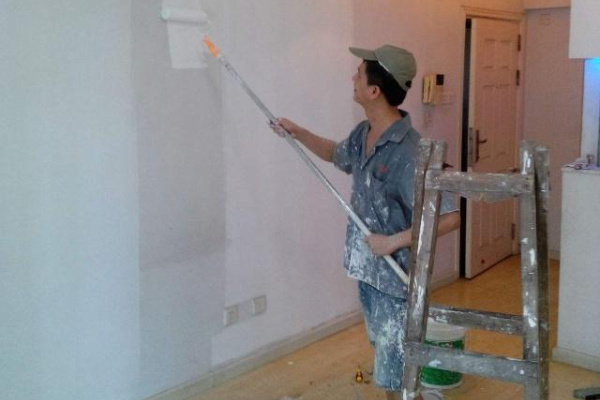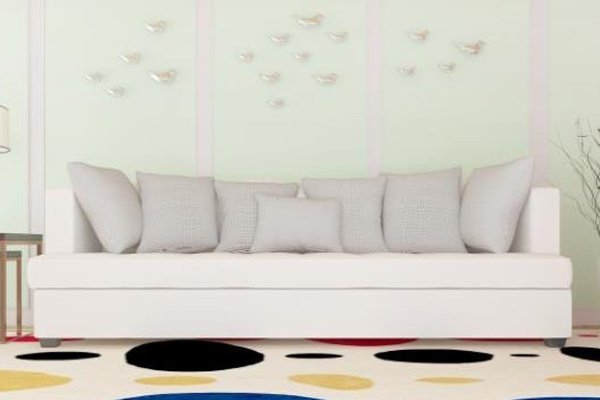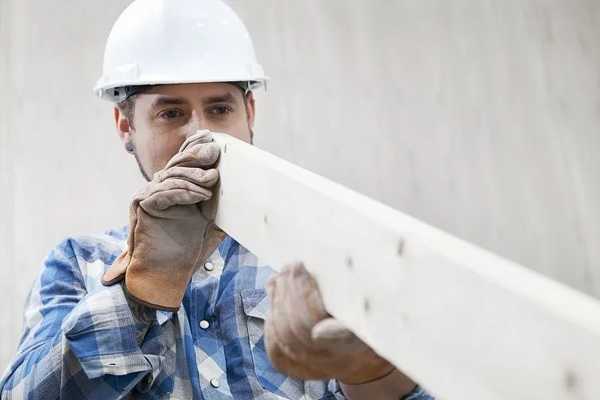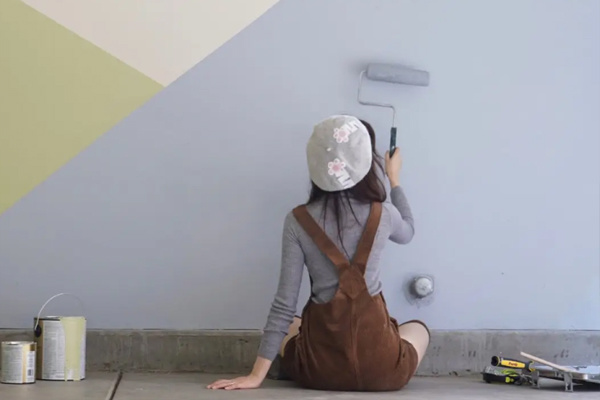
Industry experts teach you to quickly deal with paint environmental protection issues
release time:
2022-10-17
At present, there are many types of paints, and our consumers will encounter many problems when purchasing. They are afraid of the volatilization of toxic substances in paints, and the fear of indoor air pollution. These problems need to be solved urgently in our era of promoting environmental protection and energy saving.
Paint is an important part of interior decoration, and it is prone to some thorny problems that make people feel helpless. In fact, as long as you find out the real cause of the problem and prescribe the right medicine, you will have satisfactory results. Here's how to quickly deal with some problems in paint decoration:
1. Peeling paint
Maybe the surface is too smooth. If the original paint is glossy or silty (plus untreated color paste paint), the new paint will not stick to the surface. Or maybe the wood is rotten or the metal has rust spots, or it's peeling due to poor paint quality. Small areas of paint peeling can be sanded with fine sandpaper, then put on putty, brushed with primer, and repainted. Large areas of peeling must be completely scraped off and repainted. Decoration is to buy paint must pay attention to buy paint with better quality, the first brand of environmentally friendly paint Buds is a good choice!
2. Paint blistering
First of all, puncture the bubble, if there is water coming out, it means that there is moisture infiltrating under or behind the paint layer. When exposed to the sun, the moisture evaporates into steam, which will make the patent leather bubble up. At this point, use a hot air spray gun to remove the blistered paint, allow the wood to dry naturally, then apply a primer, and finally repaint the entire repaired surface. If there is no water in the bubble, it may be that the wood grain is cracked, and there is a small amount of air in it. When the sun is exposed to the sun, the air expands and the patent leather swells. Faced with this situation, first scrape off the blistered patent skin, then fill the cracks with resin filler, and repaint, or without filler, after scraping off the patent skin, apply microporous paint directly.
3. Cracks appear
In this case, the paint is mostly removed with a chemical paint remover or a hot air spray gun, and then repainted. If the fracture range is not large, then you can use sanding block or wet and dry sandpaper to soak in water to grind off the broken paint. After the surface is polished and smooth, apply putty, apply primer, and repaint.
Four, stains
There are many reasons for stains on painted surfaces. For example: the water in the latex paint dissolves the material on the wall and rusts the paint surface, the wall rubbed with steel wool will produce rust spots, and the leakage of the hidden pipes in the wall will cause stains, etc. In order to prevent stains, you can first apply a layer of primer containing aluminum powder. If there are stains, you can first remove the latex paint on the stains, brush the primer containing aluminum powder, and then repaint.
5. Rough paint surface
A newly painted surface is rough, usually due to a dirty paintbrush or contamination from the surrounding environment. It is also possible that the paint is mixed with patent leather, which has not been settled and filtered before use, or that the paint is still wet with dust. To prevent the above problems, clean paintbrushes and buckets must be used. Before using the old paint, be sure to filter it with paint filter paper or clean nylon stockings. In addition, the painted surface should be covered with a cover or cardboard when the paint is still wet to prevent dust. If the paint surface is rough, after it is dry, sand it smooth with wet and dry sandpaper, wipe it off, and then repaint it. Pay special attention to the fact that the paintbrush must be clean. Choosing the right paint is the key. You can consider the environmentally friendly paints such as Buds, which are of good quality and environmentally friendly! What the home wants is environmental protection and health!
6. Loss of luster
The reason is that the primer is not applied, or the primer and the inner paint are directly applied with the glossy paint. As a result, the glossy paint is absorbed by the wood and loses its luster. The poor quality of glossy paint is also a reason.
More information
@2022 All Rights Mingye Painting Tools Products Co., Ltd Reserved 粤ICP备2022122919号 SEO Powered by www.300.cn







